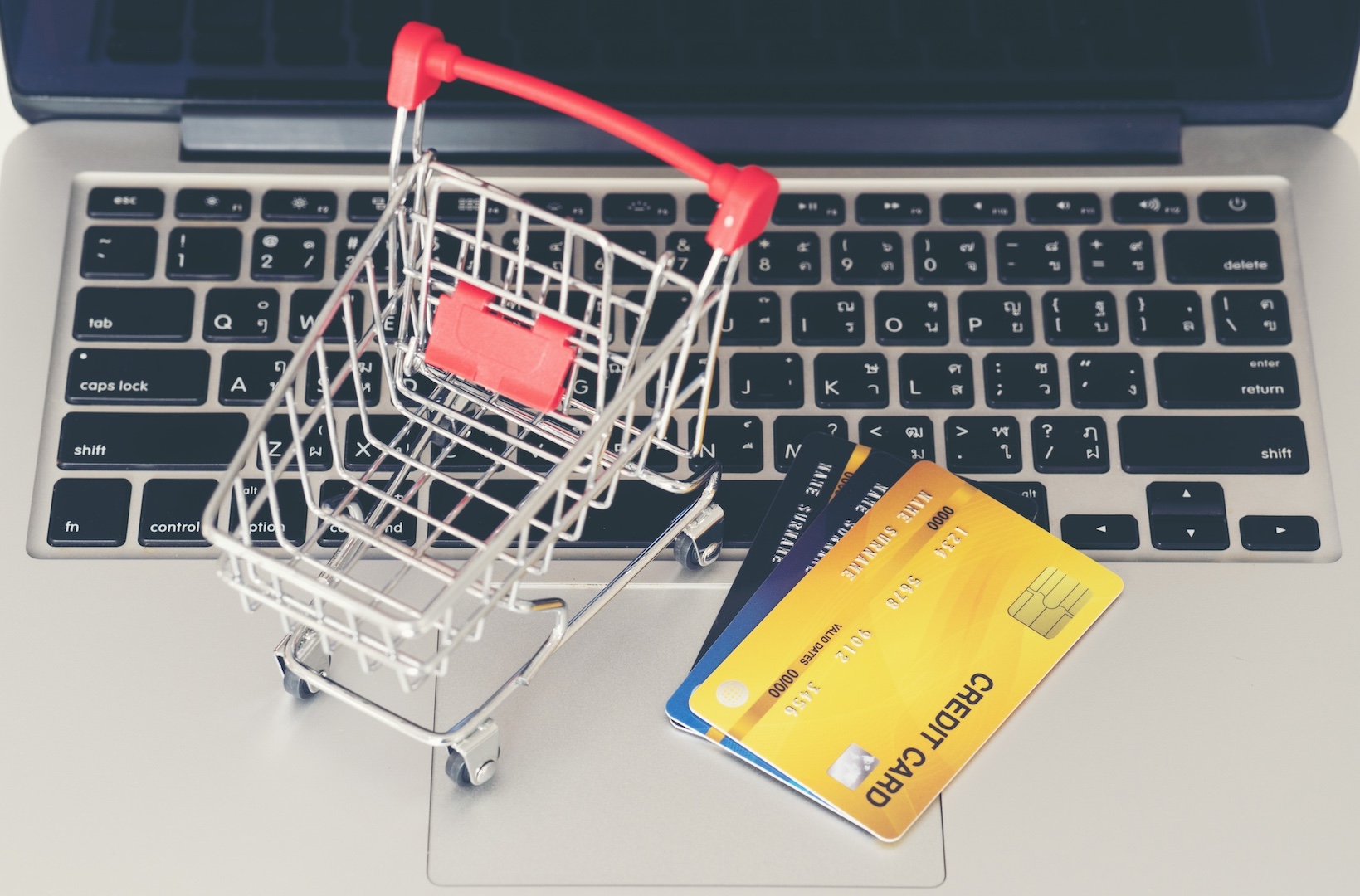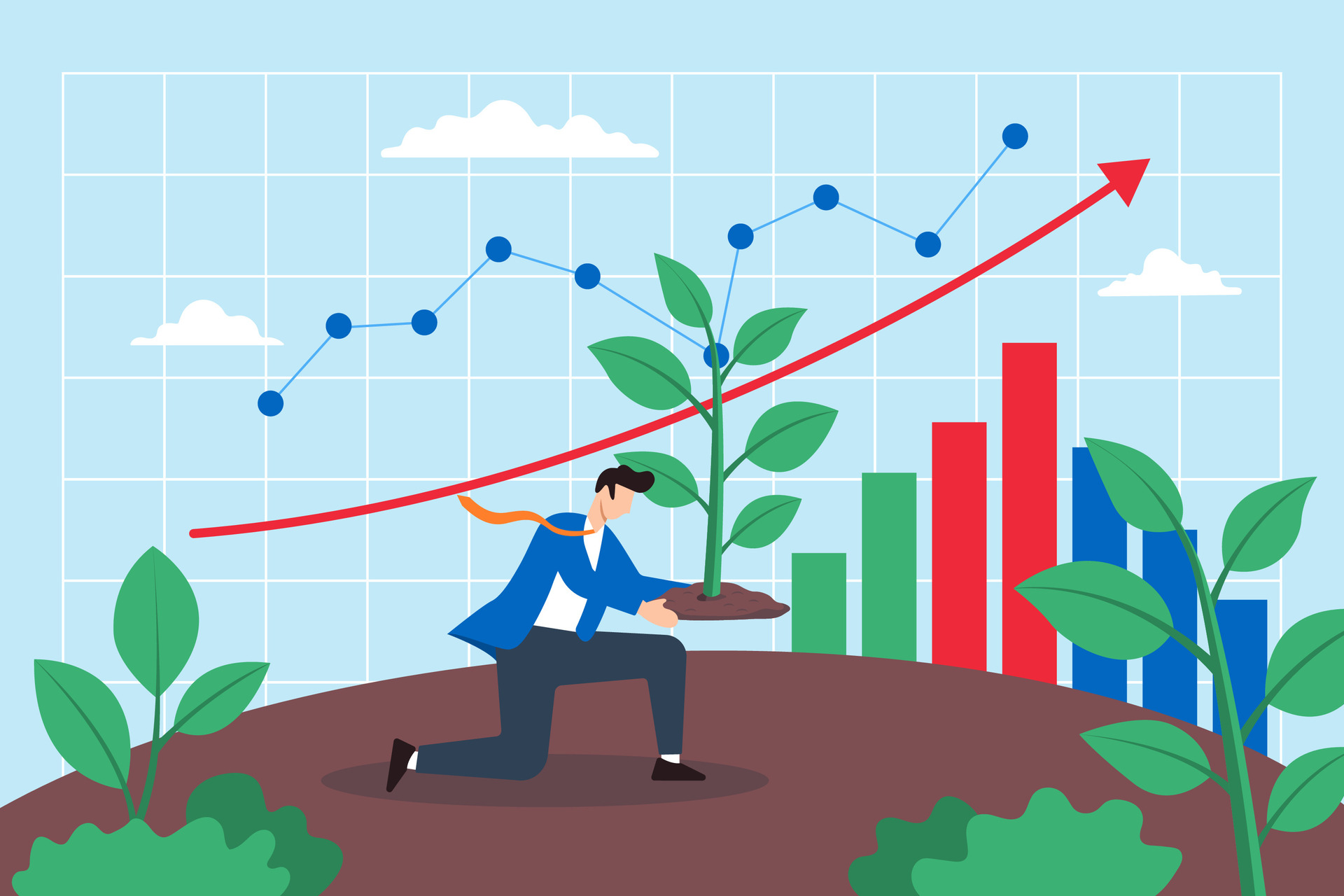
As someone who is currently feeling every one of his 40 years (someone tell me why your knees start to hurt after you’ve had your 40th birthday?), I’ve been thinking about how rapidly consumer behaviour has shifted. Long gone are the days where we would save up our cash, go into Woolworths to buy a CD, record the Sunday Top 40 on a blank cassette or have the joy of untangling videos from the VCR. I even remember the excitement that I used to get from going to my grandparents house and playing Wolfenstein 3D on their PC. But my delve down memory lane really got me thinking about our consumer behaviour and how businesses have had to undergo a seismic shift.
Driven by advancements in technology, the echoes of a global pandemic (at what point do we get to put that behind us?), and a collective leap towards more sustainable living, the landscape of consumerism is evolving. For businesses keen on staying ahead, understanding and adapting to these changes isn’t just wise—it’s essential.
So what’s the purpose of today’s article? WelI, I wanted to peel back and look at the different consumer types and how they influence the way that businesses are evolving.
The Consumer Types
The Digital Consumer
The ascendancy of e-commerce is undeniable. From the convenience of same-day delivery to the immersive experience of virtual showrooms, online shopping has set a new standard. British retailer John Lewis, for instance, has seamlessly integrated its online and physical stores, offering personalised shopping experiences that customers now crave. (https://www.retailgazette.co.uk/blog/2020/07/john-lewis-launches-personal-shopping-to-boost-customer-experience/)
Similarly, personalisation powered by AI and big data, allows businesses like Spotify and Netflix to offer increasingly specific curated content, showing that knowing your consumer can lead to unparalleled engagement and loyalty.
This isn’t radically new but with the amount of data being collected from content consumers, it’s becoming far more advanced and accurate.
The Ethical Consumer
Today’s consumers aren’t just buying products; they’re buying into the ethos of the brand. The rise of sustainable fashion brands like Stella McCartney, which commits to being entirely sustainable, from materials to manufacturing processes, reflects a broader demand for ethical consumption.
Similarly, the corporate world has seen a push towards greater transparency and social responsibility. Patagonia’s dedication to environmental activism, supported by initiatives like donating 1% of sales to the preservation and restoration of the natural environment, resonates deeply with consumers.
The Connected Consumer
Social media platforms have transformed the way brands interact with their audience. The success of Glossier, a beauty brand born out of a blog, underscores the power of community engagement. By leveraging social media to involve their customers in product development, Glossier has fostered a loyal community and turned customers into brand ambassadors.
The Experience-seeking Consumer
The retail landscape is witnessing a shift towards experiences over transactions. Nike’s flagship stores, offering everything from personalised shoe fittings to basketball courts, exemplify this trend. These experiential spaces do more than sell products; they immerse consumers in the brand’s world.
Subscription services like HelloFresh not only cater to the demand for convenience but also offer a new culinary adventure with each meal kit, proving that the joy of discovery can be a powerful consumer motivator.
The Health-conscious Consumer
The wellness trend has catapulted products and services promoting health and wellbeing to the forefront. The popularity of organic food stores, like Whole Foods, and fitness apps like MyFitnessPal, highlights a growing preference for brands that support a healthy lifestyle.
Moreover, the call for transparency in labelling is louder than ever. Consumers demand to know exactly what’s in their products and the potential health impacts, pushing companies towards greater honesty and clarity.
Laziness or Convenience?
During the pandemic we saw how businesses evolved through necessity and those who could innovate at pace clearly won the day. You only need to look at the revenues of Uber Eats, Deliveroo and Just Eat to see that.
But what we’ve continued to see is an increasing move towards couch consumerism. The generation of “I want it now” (and I’m not being soap-boxy, I’m just as guilty as anyone else), a move towards a cashless society and the longevity of remote working, has led to a shift of (what I consider to be) airing on the side of laziness. But however you look at it, it’s here to stay and consumers are going to become more demanding as technology continues to advance.
Leveraging Technology for Transformation
You can’t move at the moment without hearing about AI and Machine Learning. Whilst AI has been around for a while, it’s still early in its mainstream journey and businesses are scrambling to identify ways in which it will enhance their offering to consumers. It has become an essential tool for understanding and predicting consumer behaviour. For example, ASOS, using machine learning for size recommendations, has significantly improved customer satisfaction and reduced returns, showcasing how technology can enhance the shopping experience (https://internetretailing.net/research-articles/case-study-asos-social-and-practical-tools-for-customers/)
When used and implemented correctly, technology can be a great driver for change in consumer behaviour and their relationships with brands, as highlighted in some of the examples above.
On the flip side, when implemented poorly, it can have a hugely damaging effect on how people perceive the company, just ask DPD and Air Canada!(https://www.bbc.com/travel/article/20240222-air-canada-chatbot-misinformation-what-travellers-should-know)!
Failures of Business Models
There is always going to be the bad side of consumer transformation.
We saw the sad case of The Body Shop this week, a very famous high-street brand that traded on its mission to be that ethical and sustainable business but seemed to have lost its way when it came to innovation. Unfortunately, the USP that they traded so well on for half a decade, is now the norm in society. If brands become complacent, consumers will overtake them.
Nokia is another which springs to mind (whilst I was reminiscing and thinking about playing Snake on my indestructible 3310 mobile in my early teens). A company that failed to innovate and was quickly overtaken by the smart phone concept brought in by Apple and Android.
I mentioned Air Canada earlier. They really didn’t do themselves any favours with the loss of their court case where a chatbot gave a customer incorrect information and the fallout of that is now world news. Not a great look when you haven’t implemented your technology properly – ethics is another topic for another day!
Conclusion
Businesses are having a tricky time with a now-announced recession leading to lower consumer spend and that makes it even more important to work with consumers to deliver what they want, and, more importantly, to keep them coming back for more.
As this behaviour continues to evolve, the ability to adapt will define businesses that thrive in this new landscape and by embracing change, fostering innovation, and maintaining a relentless focus on the consumer, businesses can not only navigate but also shape the future of consumerism in the 21st century.
Until next time….








